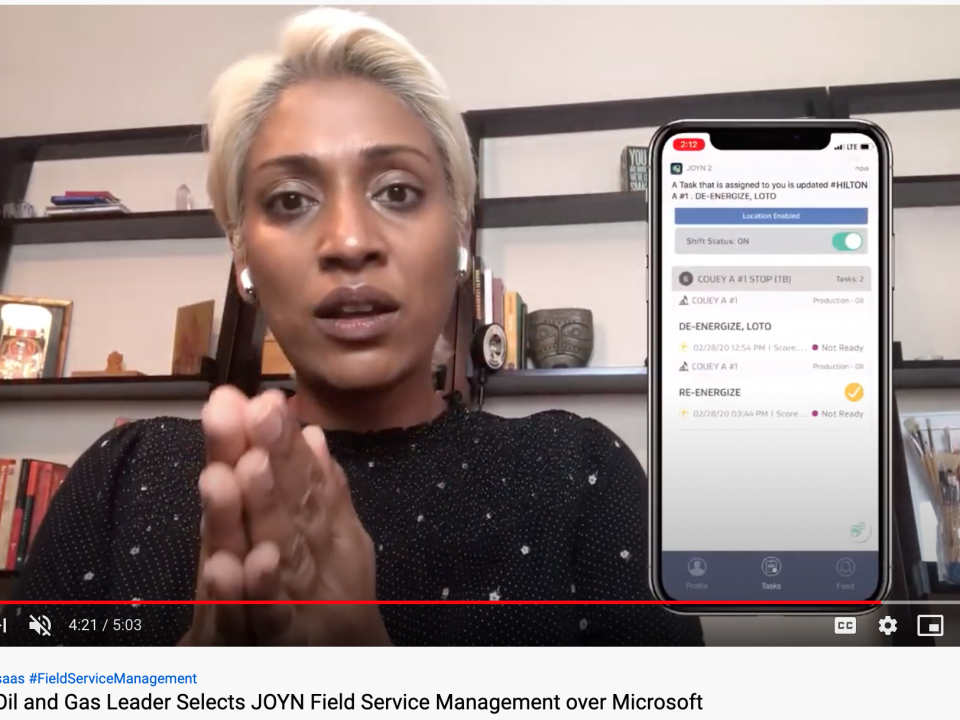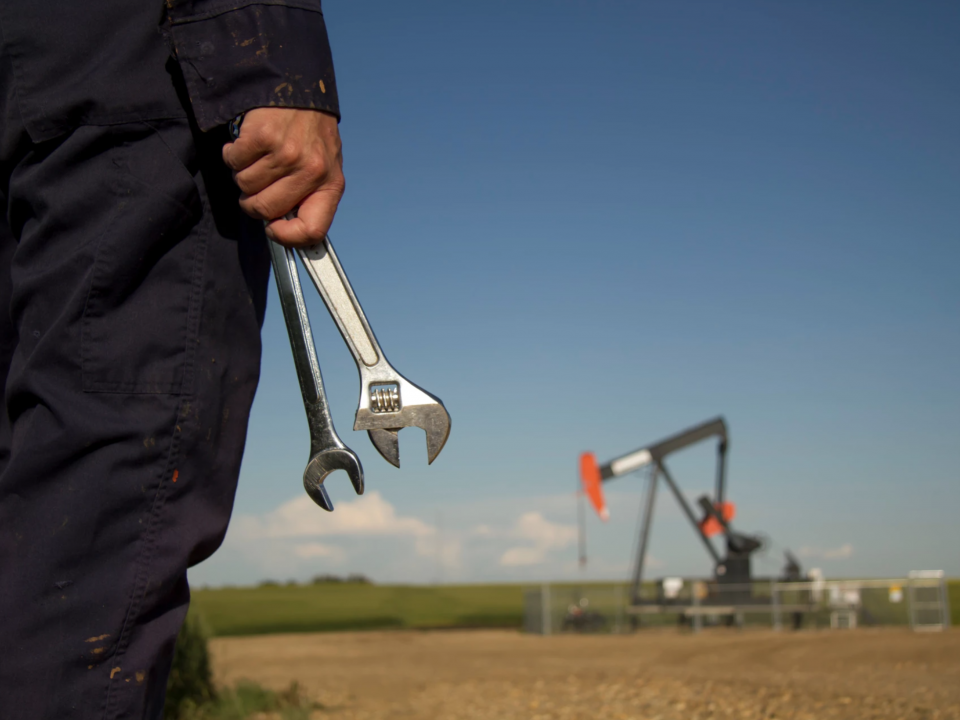OILFIELD DIARIES: HOW TO CHOOSE THE BEST ROUTE OPTIMIZATION APPROACH
Picture an oilfield – vast tracts of open, often dry land, dotted with donkey pumps, batteries, and tanks. Hard hats, colored vests, dusty tracts and busy field workers going about their daily routes. The oilfields, in optics, look similar if not same. But as I travel to different oilfields – from Bakken to Permian, from Eagle Ford to North Dakota, I realize every oilfield is different and has its unique set of challenges. And, therefore need a different approach to coax more oil out of the soil.
Traditionally, every lease operator owns his routes and knows every stop for its nuances. Yet, he drives through each stop on his route every day, almost as on autopilot. Most oilfields have now realized the need to move away from static routes and optimize routes.
And, many are wondering, which is the best way to optimize routes for their oilfields. When I speak to operations managers and field supervisors, what weighs high on their mind is the need to show immediate value with minimal disruption in their work on the ground.
Route optimization is a key factor in uplifting field efficiency. And, different oilfields choose different approaches to optimize their routes. From stone carved traditional static routes to running route-less oilfields is a journey in technological maturity. The path need not be linear, though. You can leapfrog to any stage based on the business context and current need in a specific field. And, JOYN can be your partner at every step, no matter which approaches you to choose.
CREATE RISK-BASED WELL VISITATION FREQUENCIES
To begin with, the simplest way is to go for lease operator Scheduling on JOYN. You can create a comprehensive schedule for each lease operator with risk metrics based well visitation frequency. Not every well is the same. Some require constant monitoring being high on production or their strategic location, some can do with comparatively less attention. These considerations can inform well visitation frequency and lease operators can be scheduled to visit them without needing to follow the static routes every day.
DYNAMICALLY ROUTE LEASE OPERATORS
Another approach is to dynamically route the lease operators and give them their stops for the day their mobile devices based on the risk metrics configured by assets, rationalized SCADA alerts and their location. With Dynamic Routing on JOYN, every lease operator gets an updated sequence of stops for particular routes on the go to pump by exception.
CREATE ROUTE-LESS OILFIELDS
And, going beyond dynamic routing, the next step is to go routeless. Uberize your oilfields for route-less operations and address high-value assets on priority with an artificial intelligence powered Routing Engine, at the heart of JOYN FSM platform. Now, there is no sequence of stops or routes to run. Every activity in the oilfield is a task, matched to best-suited workers based on their proximity to the event, their skills and priority score assigned to the task, automatically. The time gained from mobile and intelligent field operation is spent on delivering more value. Thus, each operator has significantly more time every day to cover more ground.
I am sure this has piqued your interest and you are now ready to dig deeper. You can read my point of view on the journey from static routes to route-less oilfields here: https://www.sevenlakes.online/rs/517-WEJ-684/images/POV_Route_Optimization.pdf
Drop me a note if you want to explore more. I am always up for a hot coffee and conversations…





